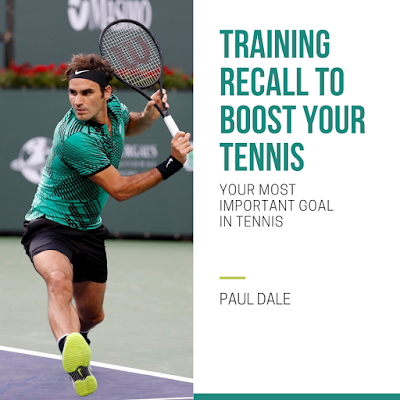TECHNIQUE ACHIEVED... WHAT'S NEXT?

'It’s important to develop your game beyond technique and towards feeling… …with feeling, technique improves' The quote above is important because what many players and coaches believe is that great technique is the end destination. The belief is that with great technique you have arrived. That’s far from the reality! Great technique is really important. It’s part of the armour that will protect you from the pressure that comes in high stakes tennis. Your game is much less prone to breakdown in matches because good technique is your firewall to the “bugs” your opponent is trying to hurt you with. However great technique is only the framework to the overall “building” that will be constructed around your game. Those other additional parts to the “building” include things like shot selection (which shot to play) and strategy (your purpose). These elements will give your game greater overall meaning. Another problem with this technique above all els...





